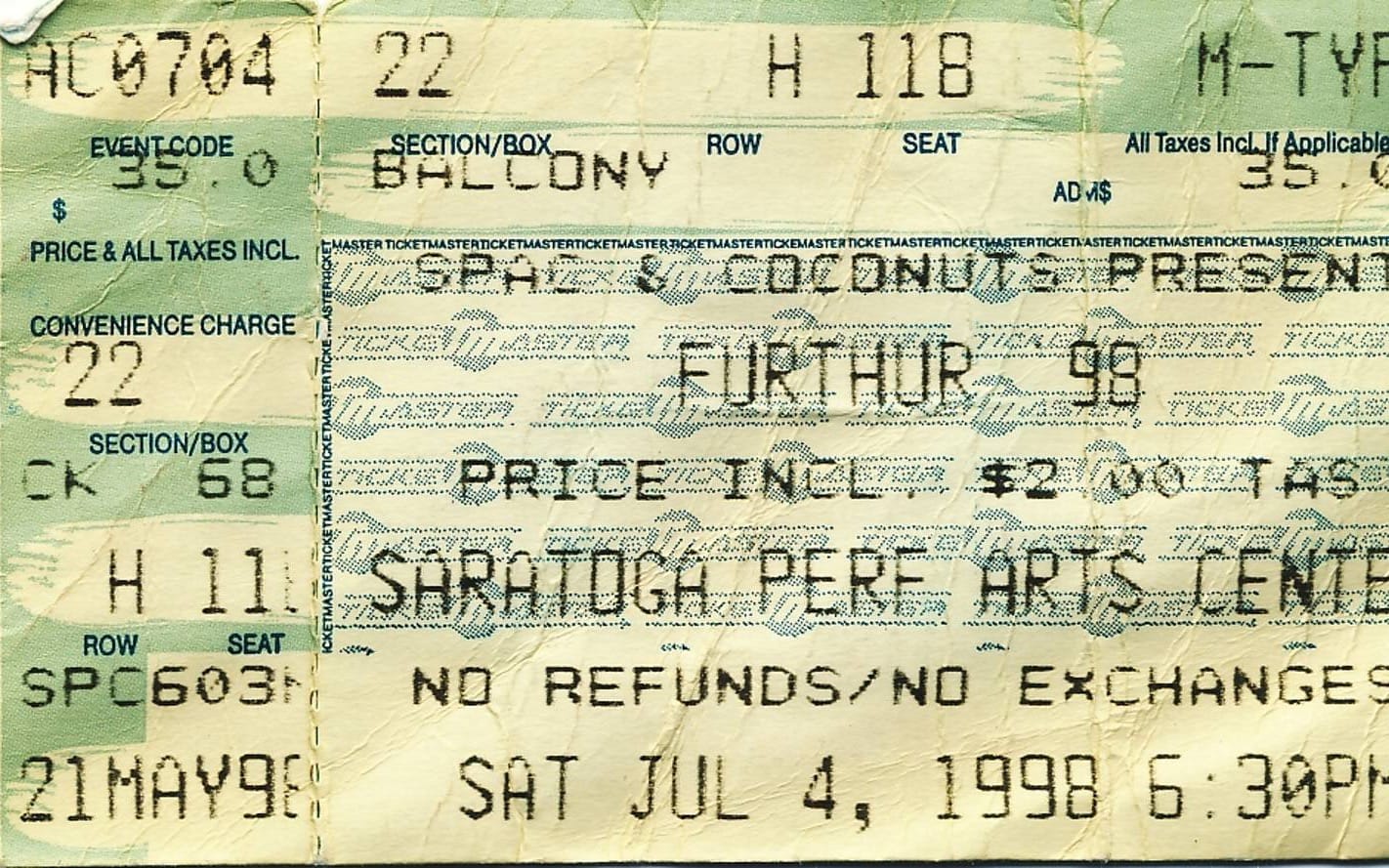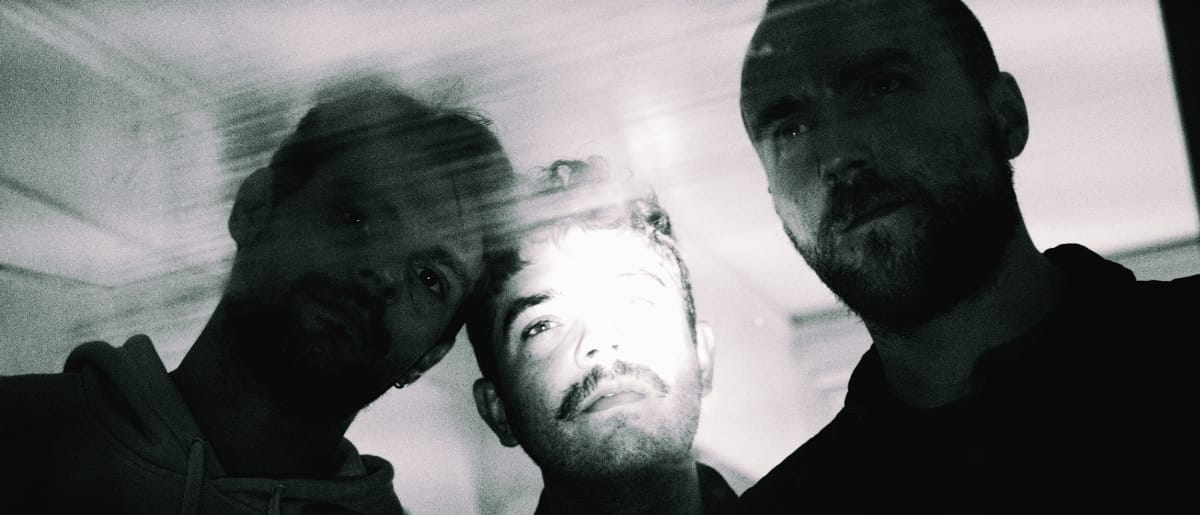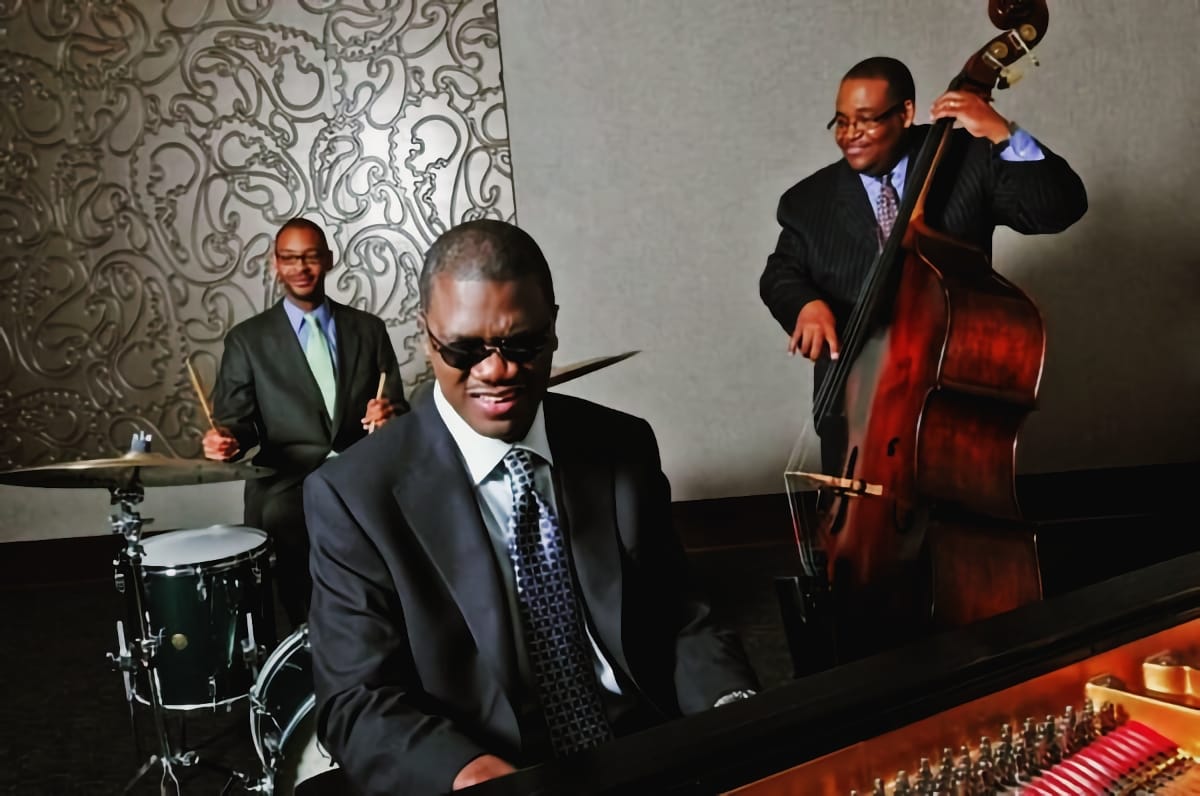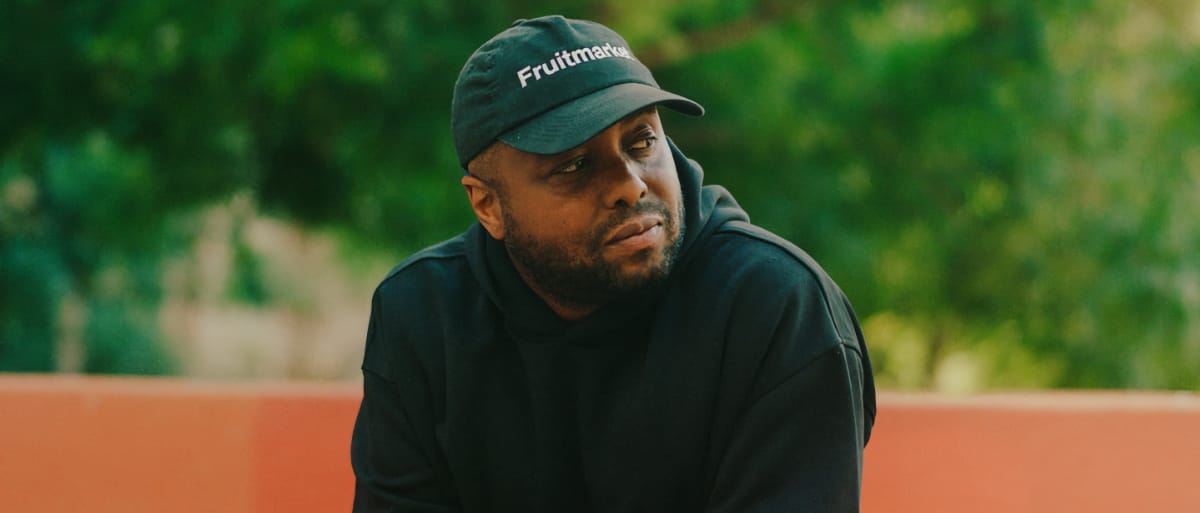The Furthur “festival” tours represented the first attempts by former members of the Grateful Dead to carry on in the wake of Jerry Garcia’s passing in 1995, something that seemed unthinkable at the time. In retrospect, it makes total sense given how relatively young the other band members were when Jerry died and the fact that they were not exactly suited to retire quietly or switch careers.
The Dead were together from 1965 to 1995, a tidy 30 years. It has been just about that long (and about as many lineup incarnations) since Garcia’s passing and with great surprise, remnants of the band, in the form of Dead & Co, have made it back to playing stadiums while other factions can still tour theatres and festivals. The strength of the band’s songbook, with its ability to withstand interpretation and reimagining, as well as the everlasting devotion of generations of fans can make the current state seem inevitable but this was not so in the mid-late ‘90s. While the band members toured alone, together and in countless permutations, it really did take the better part of 20 years – until the Dead’s 50th anniversary in 2015 – for them to get back onto the cultural radar in a meaningful way.
That does not mean they were not making worthwhile music, though I am not sure I was fully on board at the time. I was not a hater, but I was not fanatical. Truth be told, I was burnt out on the Grateful Dead experience by the time Jerry died. For the better part of two years (at least) before his passing, their shows were incredibly hit or miss, more-so than usual, and I was busy trying to get my Real Life up and running. They were more of a habit to kick than anything else for me. Fun times were had, but I was consuming far better music in other areas.
My experience corresponds with the fact that despite being communal experiences, oftentimes with tens of thousands of attendees, Grateful Dead shows were always intensely personal for fans. Pluck five random Dead Heads from the crowd after a show and you would likely get five different takes – whether the show was good or bad, what the highlights were, if Jerry looked engaged or indifferent, if Bob Weir’s shorts were too short...my personal approach in those initial years of post-Dead tours was to go in with low expectations coupled with curiosity and hope for interesting music. Not too dissimilar to how I approached actual Grateful Dead shows – it was always better to be pleasantly surprised instead of disappointed. For others I knew, these tours were legitimate, logical extensions of the Grateful Dead continuum, and enjoyed them uncritically as such. The shows themselves were a mixture of nostalgia, class reunion, gratitude for being able to see the music live again by at least some of the progenitors and a bit of trepidation or skepticism. I mean, you know, no Jerry?
For the Furthur ‘98 concert in Saratoga on July 4, 1998, the band was called “The Other Ones” and was co-led by former Grateful Dead members Bob Weir and Phil Lesh. Dead veterans Mickey Hart (drums) and Bruce Hornsby (piano), were rounded out by Mark Karan and Steve Kimock on guitars, John Molo (drums) and Dave Ellis (saxophone). The music had all the elements of the Grateful Dead: the fusion of rock, blues, and psychedelic influences, a very high level of musical capability, and a reliable, even charming, inconsistency.
In these initial tours, it was interesting to watch the band members grapple with their legacy and how to own and well, further, it.
- “Furthur” was the name of the 1939 International Harvester school bus that Ken Kesey and his Merry Pranksters traversed the US and wreaked all kinds of psychedelic havoc in (as doecumented in Tom Wolfe’s The Electric Kool-Aid Acid Test)
- Furthur also makes an appearance in the Grateful Dead song “The Other One”
- “The Other Ones” being the name of the group the former Grateful Dead members play under allows them to claim both vintage 60s legitimacy but also a statement of purpose and stake in the future, as in, “Yes, Jerry may have been the leader, but we are The Other Ones and we have something to say.”
It is only with the benefit of time and a recent re-listening to this show that I have come to recognize the bold audacity in carrying on in Jerry's absence - and how mostly successful it was, even early on. The low points are there. I am not sure anyone needed Mickey Hart's rap/singing on "Fire On the Mountain." I know I did not. But the pleasant surprises abound. An early-in-the show rave up of "Hell in a Bucket". A lively and lovely Hornsby-led arrangement of "Scarlet Begonias" and later on, two bona fide head-turners: a wide open take of Bruce's breakout hit, "The Way It Is", with genuine Grateful Dead-style arrangements and instrumental breaks which precedes Weir's taking over for Jerry on "Bird Song". Gorgeous.
Furthur was billed as a “festival” but it was a two-hour headliner set with two shorter support acts, which for this show were proto-jam band Rusted Root and Electric Hot Tuna, featuring Jefferson Airplane alum Jorma Kaukonen and Jack Casady. Rusted Root was and has been utterly forgotten while Electric Hot Tuna, like Dead & Co, are playing their farewell tour this Summer of 2023. They’ve all earned some rest, or at least the oopportunity to focus on whatever it is they aim to do next with their lives and legacies.
Go Further:
The Truth About Bob Weir's Short Shorts
The Strange Remain - The Other Ones live album from this tour
Spotlight On episodes with Furthur ’98 alumni Steve Kimock, Jorma Kaukonenand Jack Casady







Comments